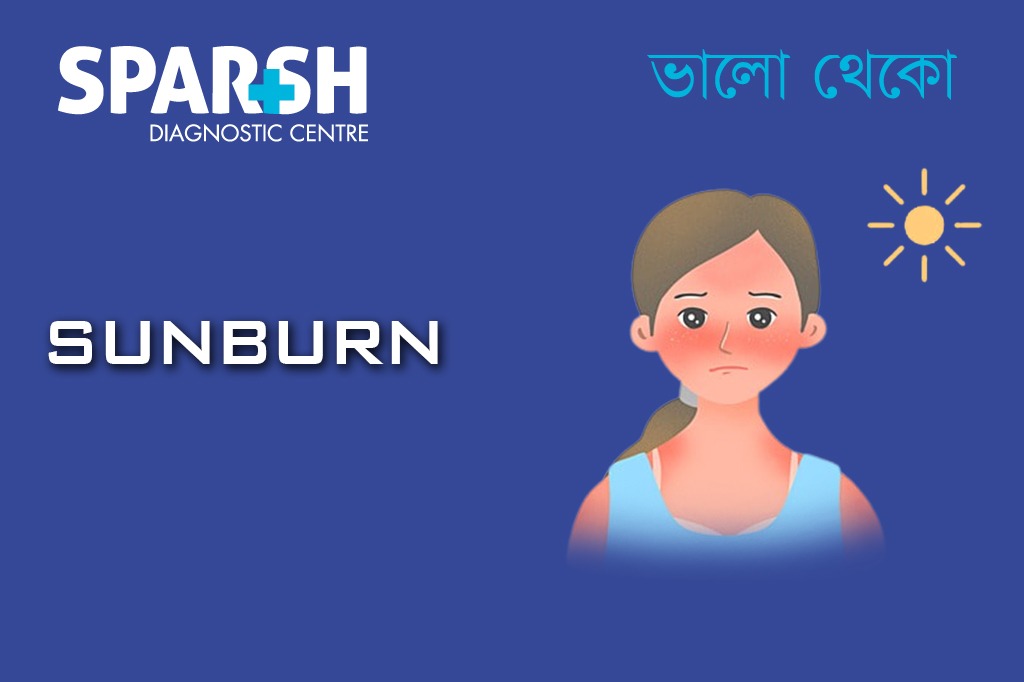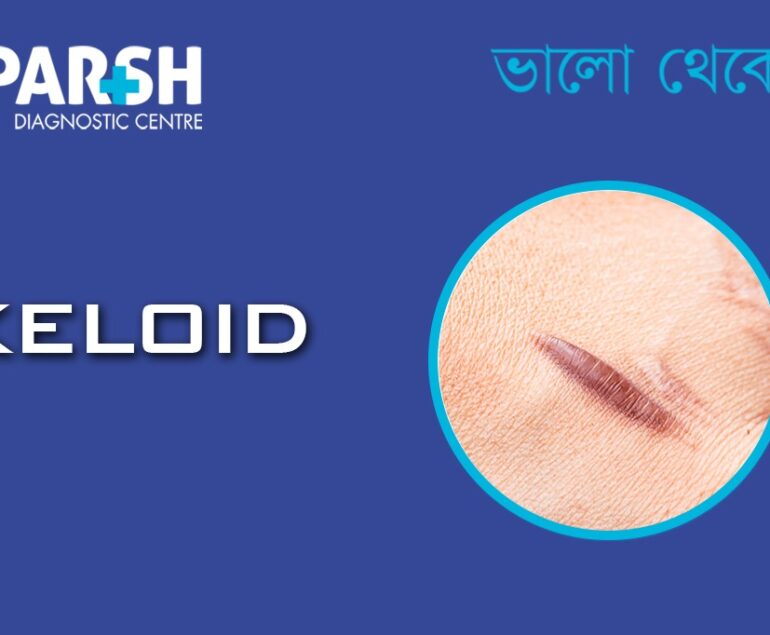Sunshine is vital for health — it boosts mood, strengthens bones through vitamin D, and supports sleep cycles. But prolonged exposure to the sun, especially without protection, can damage your skin and result in sunburn, a condition caused by overexposure to ultraviolet (UV) radiation. While mild sunburn causes temporary redness and discomfort, severe cases can lead to blisters, peeling, long-term skin damage, and increased risk of skin cancer.
This in-depth blog explores everything you need to know about sunburn, including its causes, symptoms, stages, prevention tips, and treatment options.
What Is Sunburn?
Sunburn is an inflammatory response of the skin triggered by excessive exposure to UV radiation, primarily UVB rays. When your skin is exposed to the sun for too long without adequate protection, the UV rays damage the DNA in skin cells, leading to inflammation, cell death, and peeling.
Sunburn can affect anyone, regardless of skin type, although people with fair skin are more susceptible. It typically appears within a few hours of sun exposure and may worsen over the next 24–72 hours.
Causes of Sunburn
Sunburn is mainly caused by exposure to UV rays from the sun, but it can also occur from artificial sources like tanning beds or phototherapy lamps. Key contributors include:
1. Prolonged Sun Exposure
Spending too much time in direct sunlight, especially between 10 AM and 4 PM when UV rays are strongest, increases your risk.
2. Lack of Sun Protection
Not using sunscreen or protective clothing leaves the skin vulnerable to UV damage.
3. Reflection From Surfaces
UV rays reflect off surfaces like sand, water, snow, and concrete, intensifying sun exposure even in the shade.
4. High Altitudes and Equatorial Locations
UV radiation is stronger at higher elevations and closer to the equator.
5. Certain Medications
Drugs like antibiotics, diuretics, and acne treatments may increase sun sensitivity (photosensitivity), making sunburn more likely.
Symptoms of Sunburn
Sunburn symptoms vary depending on the severity and duration of exposure. Common symptoms include:
Mild Sunburn
Red or pink skin
Warmth and tenderness
Mild pain or discomfort
Itching or dryness
Slight swelling
Moderate to Severe Sunburn
Bright red skin with intense pain
Swelling and skin tightness
Fluid-filled blisters
Headache and fatigue
Fever or chills (in extreme cases)
Nausea and dizziness
Skin peeling a few days later
Stages of Sunburn
Sunburn typically progresses in stages:
Stage 1: Onset (0–24 hours)
Symptoms start appearing within hours of sun exposure — redness, warmth, and pain develop.
Stage 2: Peak Inflammation (24–72 hours)
Pain, swelling, and blisters may worsen. Skin damage becomes more noticeable.
Stage 3: Healing (3–7 days)
Blisters may burst, and skin begins peeling. New skin forms underneath.
Stage 4: Recovery (1–2 weeks)
Skin may remain sensitive and discolored. Full healing can take up to two weeks, depending on severity.
Types of Sunburn
1. First-Degree Sunburn
Affects the outermost skin layer (epidermis)
Symptoms: redness, pain, dryness
Usually heals within 3–5 days
2. Second-Degree Sunburn
Affects both the epidermis and underlying dermis
Symptoms: blisters, severe pain, swelling
Healing takes 1–2 weeks
3. Third-Degree Sunburn (Rare)
Extremely rare from sun exposure alone
Destroys deeper skin layers
Requires immediate medical attention
Complications of Sunburn
Repeated or severe sunburns increase the risk of:
Premature aging (wrinkles, sunspots)
Actinic keratosis (precancerous skin growths)
Basal cell carcinoma, squamous cell carcinoma, and melanoma
Photosensitivity
Sun poisoning (severe systemic reaction)
Risk Factors
You’re more likely to get sunburn if you:
Have fair or light skin
Have blue or green eyes
Have red or blonde hair
Are under 18 or over 60
Use tanning beds
Take photosensitizing medications
Have a history of frequent sunburns
Are outdoors for long hours (athletes, laborers)
Prevention of Sunburn
Preventing sunburn is easier and safer than treating it. Here’s how you can protect your skin:
1. Use Broad-Spectrum Sunscreen
Choose SPF 30 or higher with UVA and UVB protection
Apply 15–30 minutes before going outside
Reapply every 2 hours, or after swimming/sweating
2. Wear Protective Clothing
Long-sleeved shirts, wide-brimmed hats, and UV-blocking sunglasses
Consider UV-protective fabrics
3. Seek Shade
Especially between 10 AM to 4 PM
Use umbrellas or trees when outdoors
4. Avoid Tanning Beds
These emit harmful UV rays that increase the risk of skin cancer
5. Be Extra Cautious Around Reflective Surfaces
Snow, water, and sand increase UV exposure
6. Check the UV Index
Apps and weather reports provide daily UV levels
Take extra precautions when the UV index is 6 or higher
Treatment for Sunburn
If you do get sunburnt, early and consistent treatment can ease symptoms and promote faster healing:
1. Cool the Skin
Take cool (not cold) showers or baths
Apply cold compresses to affected areas
2. Moisturize
Use aloe vera gel or fragrance-free lotions
Avoid petroleum-based products that trap heat
3. Stay Hydrated
Drink plenty of water to combat dehydration from skin inflammation
4. Pain Relief
Use OTC medications like ibuprofen or paracetamol for pain and swelling
5. Avoid Further Sun Exposure
Stay indoors until the burn heals
6. Don’t Pop Blisters
Let them heal naturally to avoid infection
If a blister breaks, clean with mild soap and cover with a sterile dressing
7. Seek Medical Attention
Contact a doctor if:
You have blisters covering a large area
Severe pain or fever develops
You feel dizzy, nauseous, or dehydrated
There are signs of infection (pus, increased redness, swelling)
Sunburn in Children
Children’s skin is more delicate and burns easily. Use the following precautions:
Keep babies under 6 months out of direct sunlight
Dress children in hats and protective clothing
Use child-friendly sunscreen
Reapply sunscreen frequently during outdoor play
Sunburn Myths and Facts
| Myth | Fact |
|---|---|
| You can’t get sunburn on cloudy days | 80% of UV rays still penetrate clouds |
| Dark skin doesn’t burn | All skin types can get sunburn and damage |
| One application of sunscreen is enough | Sunscreen wears off with time, sweat, and water |
| Tanning protects against sunburn | A tan offers minimal protection (SPF 2–4) and still causes DNA damage |
Long-Term Effects of Sunburn
Even a single severe sunburn can cause irreversible DNA damage, contributing to long-term skin problems:
Chronic photoaging (wrinkles, leathery texture)
Moles and sunspots
Increased risk of melanoma, especially if the sunburn occurs during childhood or adolescence
When to See a Dermatologist
If you experience recurring sunburns, unusual skin changes, or signs of skin cancer like changing moles, consult a dermatologist. Regular skin checks help detect early signs of sun damage and cancer.
Key Takeaways
Sunburn is preventable but can cause significant discomfort and long-term health issues if ignored.
Use sunscreen, cover up, and avoid peak sun hours to stay protected.
Treat sunburn promptly and monitor your skin for signs of infection or unusual changes.
Sunburn is more than just temporary redness — it’s a warning sign of deeper cellular damage. With growing awareness about skin health and skin cancer, protecting your skin from sunburn should be a daily routine, not just a vacation concern. Prioritize sun safety with sunscreen, protective clothing, and smart habits to enjoy the sun without the burn.
#BhaloTheko
Disclaimer:
No content on this site, regardless of date, should ever be used as a substitute for direct medical advice from your doctor or other qualified clinician.

![]()






[…] (UV) radiation from the sun or tanning beds. Fair-skinned individuals, those with a history of sunburns, and those with a family history of skin cancer are at higher risk. Other risk factors include […]